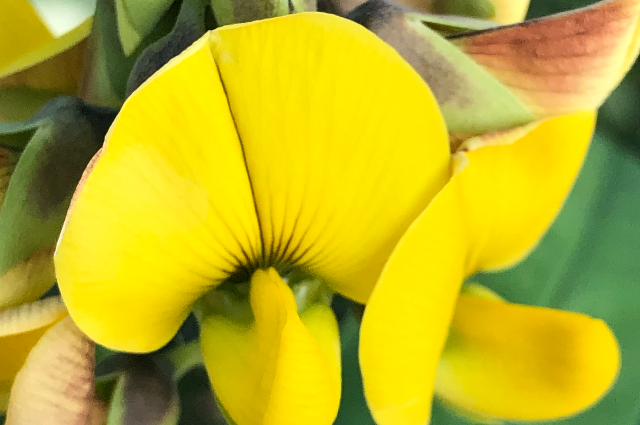
Medicinal plants are an important natural resource for a nation and need comprehensive conservative efforts to protect them from overexploitation.
Conservation of Medicinal Plants -
A priority for the present time to secure our future
- What do we understand by medicinal plants?
Medicinal plants that include various herbs, shrubs, and trees with medicinal properties have been associated with human civilizations from time memorial. From the very dawn of human civilizations as our ancestors became the dominant species of this planet, various medical practices based on plants have been incorporated in our medical treatment and knowledge. The Indian Ayurvedic System (IAS), Tibetan Medicinal System (TMS), the Chinese Traditional Medicinal System (CTMS), the Siddha System, Yunani system, and various other traditional and ethnic medical systems from Asia, Africa, and Latin America are heavily dependent of plants as a source of raw materials for curing various human and animal system.
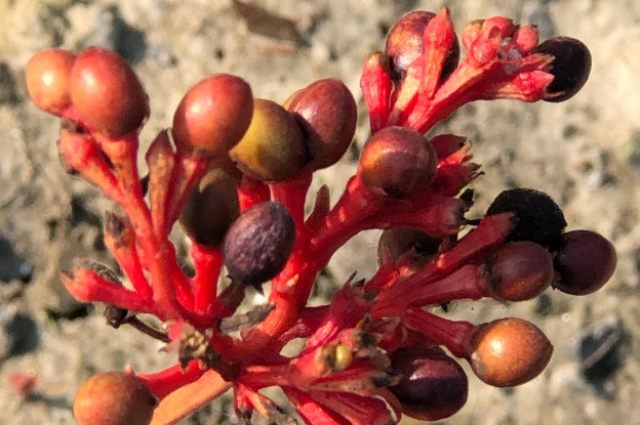
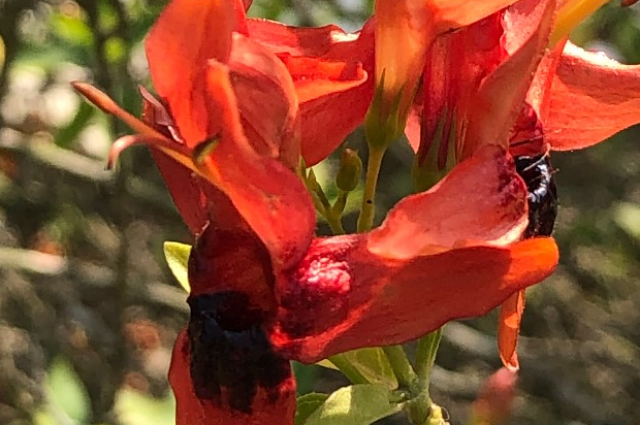
Medicinal plants are useful to both traditional (Ayurveda, Siddha, Yunani, Homeopathy) and modern medicinal (Allopathy, Pharmacy) systems.
Even in our modern industrial society around the planet; medicinal plants are highly sought after by the pharmaceutical, nutraceutical, and functional food industries as sources of various essential chemicals found in plants. These plant-based chemicals procured from root, stem, leaves, bark, fruits, flowers, and seeds depending upon the species concerned are regarded as phytochemicals. Such natural medicinal chemical products produced industrially by plants are referred to as chemurgic plants or crops. The demand for medicinal plants for both traditional (Ayurveda, Homeopathy) and modern systems of medicine (Allopathy) has been growing at an accelerated pace around the globe.
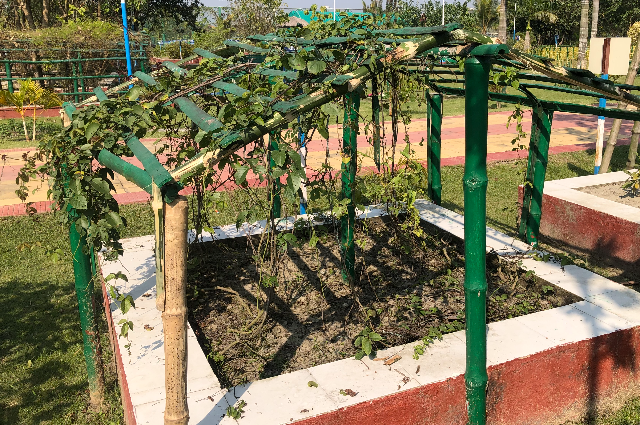
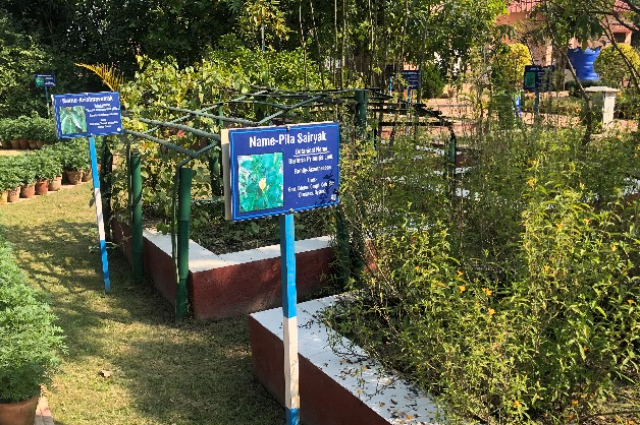
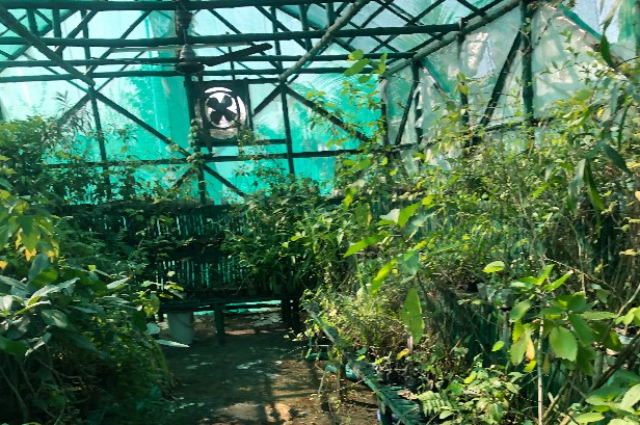
Most medicinal plants are harvested from their natural habitats and only a handful of the species are commercially grown.
Challenges for developing and underdeveloped nations:
The third world countries around the tropics and subtropics are significantly poor in their economic growth, but they are exceptionally rich in biodiversity. Hence, they are the hotspots of numerous medicinal plants-trees, herbs, and shrubs growing v in different biogeographical regions. Since the commercial production of chemurgic crops used in the medicinal plant product-based industry is actually limited to a handful of species; the bulk of the need for supplying medicinal plants is achieved by their random harvest in the wild. As such, there has been increasing pressure on these endangered wild medicinal plants thereby pushing them towards extinction due to over harvest and overexploitation.
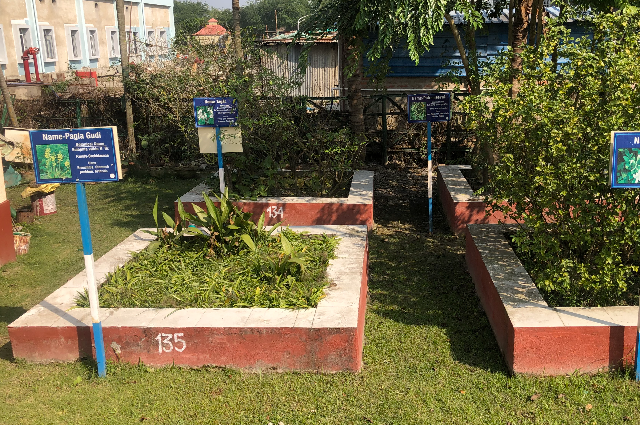
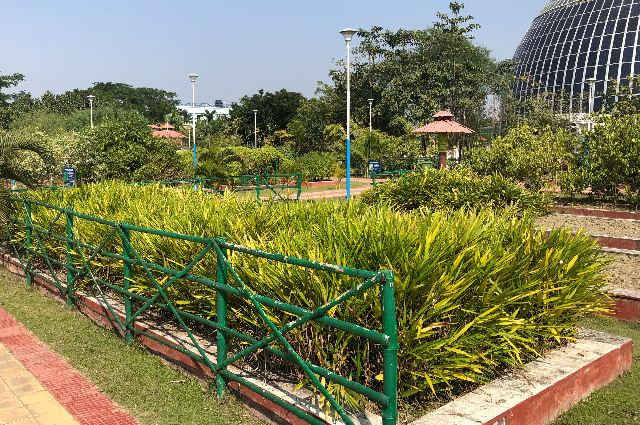
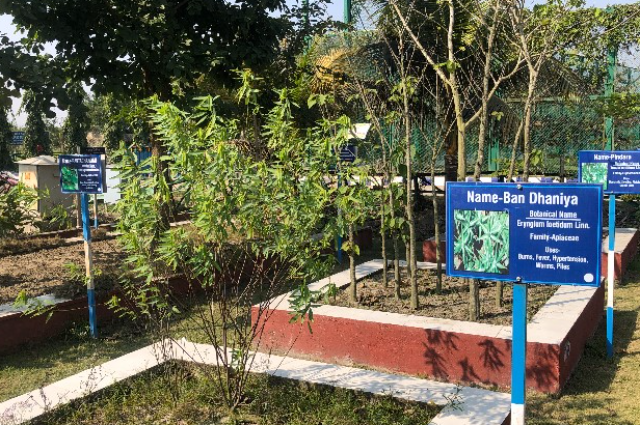
Lack of education and awareness regarding medicinal plants among the public has been an important obstacle for successful and efficient conservation practices.
In most cases, according to my research, these wild plants are being harvested by local indigenous community members, rural residents, villagers, marginal farmers and labourers, tribal communities, people residing inside the forest, or by fringe forest community members. Most of them have no training or practical knowledge about the harvest of medicinal plants. As a consequence, they randomly harvest entire plants or plant parts causing serious harm to the plant as well as the local ecosystem.
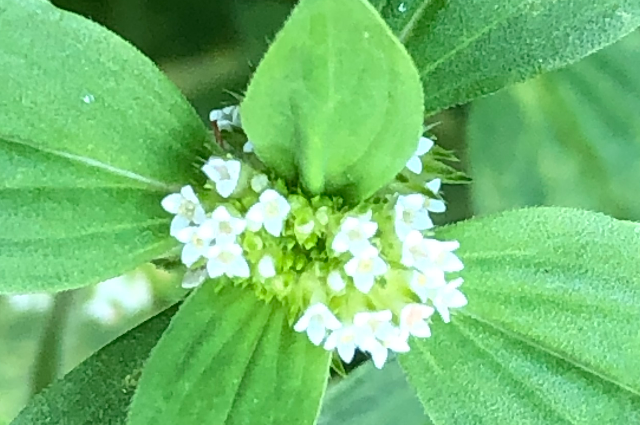
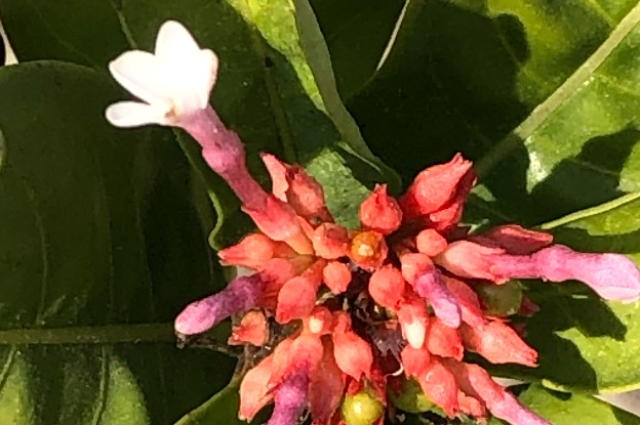
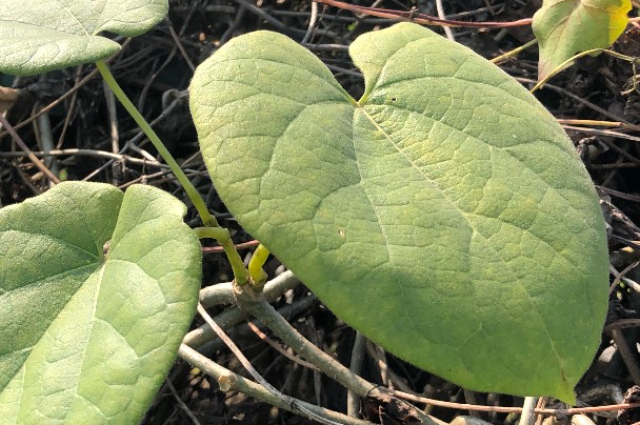
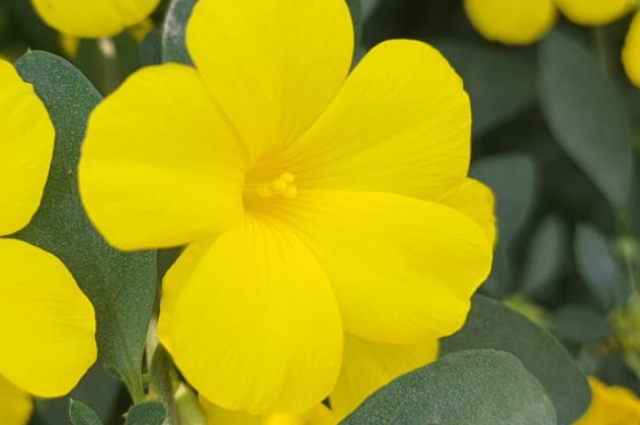
Indiscriminate, unplanned, and unscientific harvests of rare and critically endangered medicinal plants are slowly pushing many species towards extinction.
What are the factors responsible for the rapid deterioration of medicinal plant populations?
Harvest during flowering and fruiting periods, seasonal harvest at inappropriate seasons, over harvest due to scarcity are all cumulative factors impacting the life cycle of these sensitive plant species. Furthermore, unrestricted over grazing in forest areas by cattle and livestock has also been documented as a significant factor resulting in topsoil loss as well as grazing pressure is making these vulnerable species threatened with extinction in the wild. The massive scale of harvest around the planet has made medicinal plants vulnerable in their habitats. Over time locating previously abundant local medicinal plants is becoming increasingly challenging highlighting the scale of damage inflicted on these valuable species of plants.
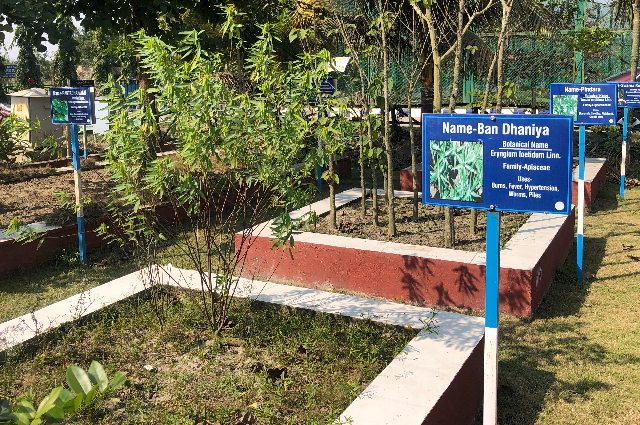

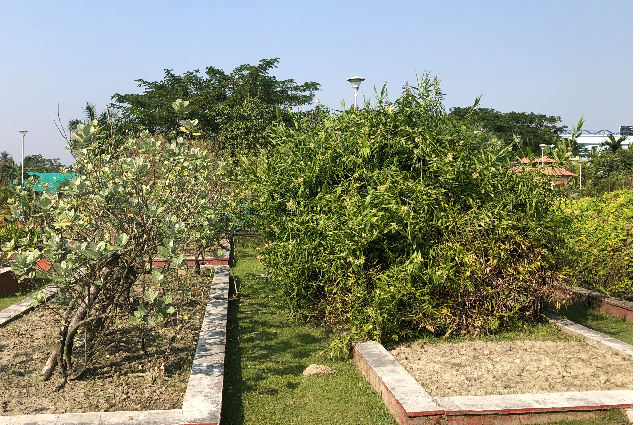
An exemplary modern medicinal plant garden.
Although the blame is mostly placed on the poor rural and indigenous harvesters and collectors, the real culprits are the industries associated with commercial uses of medicinal plants. Hence, it is absolutely important for all stakeholders to realize that everyone in this loop needs to do something from their perspective to save and protect medicinal plants before we lose them permanently. One of the primary and most essential steps in this process is to fund research and development for finding the agronomic parameters necessary for commercially growing various species of medicinal plants as chemurgic crops. We have very little information on the agronomic criteria for producing medicinal plants like soil, irrigation, fertilizer applications, disease management, harvesting process, post-harvest management, storage, packaging, and transportation.
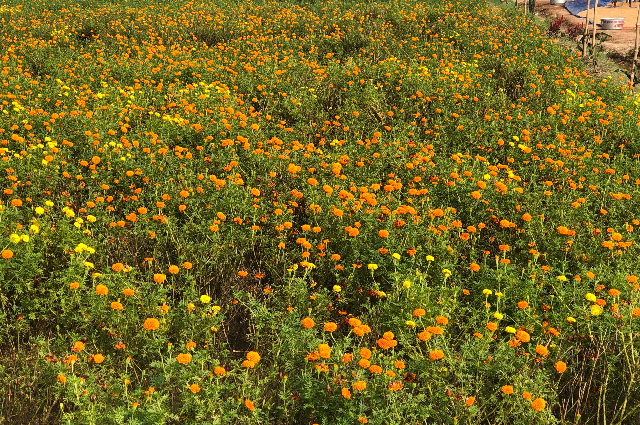
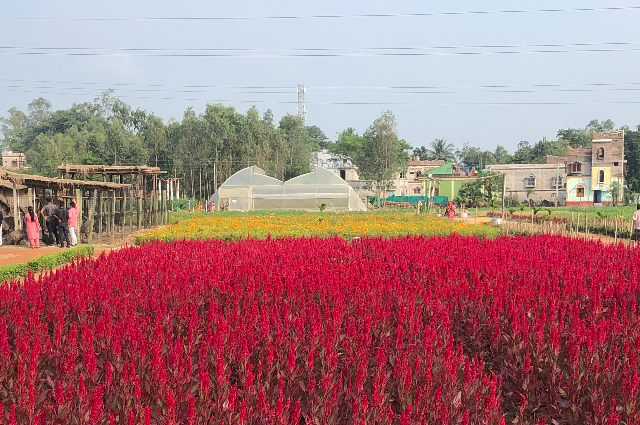
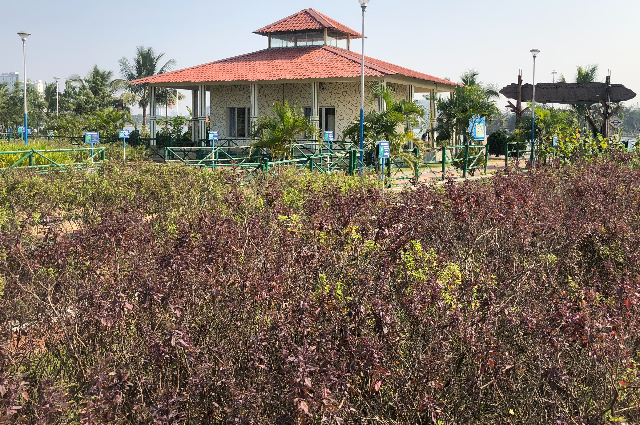
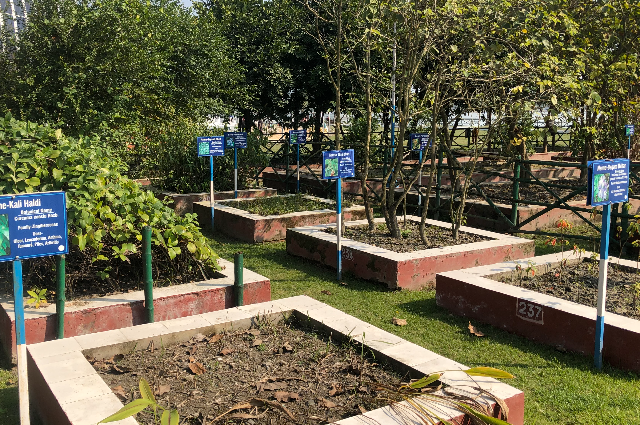
Commercial production of medicinal plants at industrial scale is essential for supporting the growing global pharmaceutical, nutraceutical, functional food, and Ayurvedic medicine industries at local, regional, and global markets.
If we could successfully produce medicinal plants through commercial agronomic production, this will not only reduce the harvest pressure in the wild plants; but, could be a good revenue generator for the crop producers, state and central governments through overseas export. There is huge international demand for medicinal plants and could be a boost to our rural economy in the not-so-distant future.
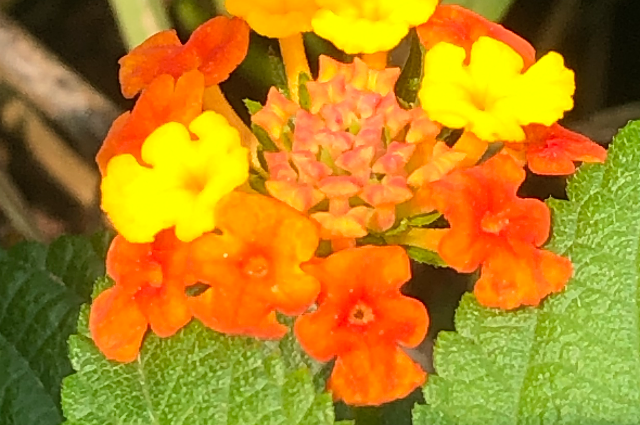
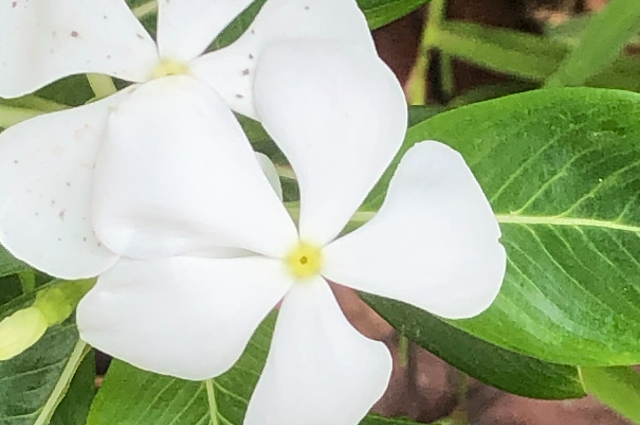
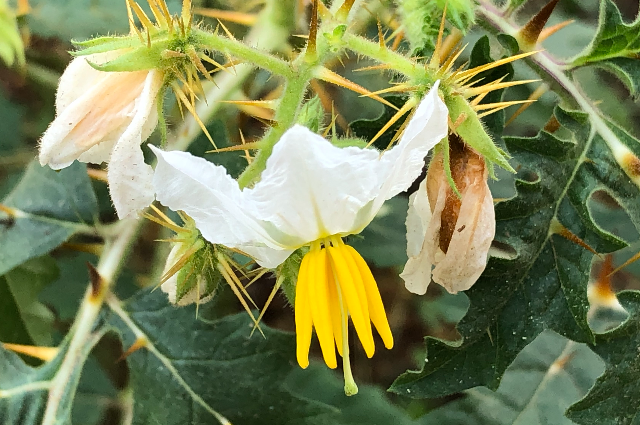
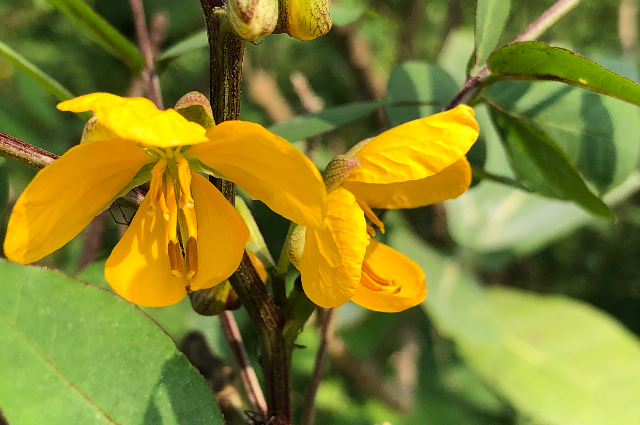
Commercial production of medicinal plants are an important step to reduce pressure on wild plants in their natural ecosystems.
Alternative approaches
Few other approaches for the conservation of medicinal plants are year-long education and awareness regarding the conservation and protection of medicinal plants in rural and forested areas. The forest departments need to take special care regarding developing nurseries exclusively for medicinal plants and then putting them back into their forest ecosystems to slowly repopulate them. Education about the importance and conservation of medicinal plants should be incorporated in the curriculum of primary, secondary, and tertiary levels of education to propagate awareness among our young citizens from the very early stage of their education to make them sensitive and respectful towards nature and ecosystems.
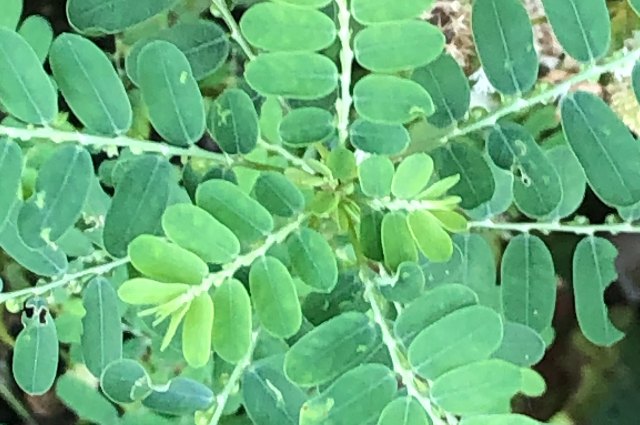
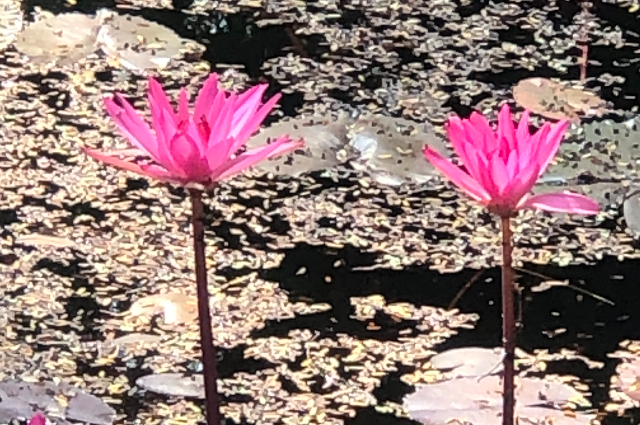
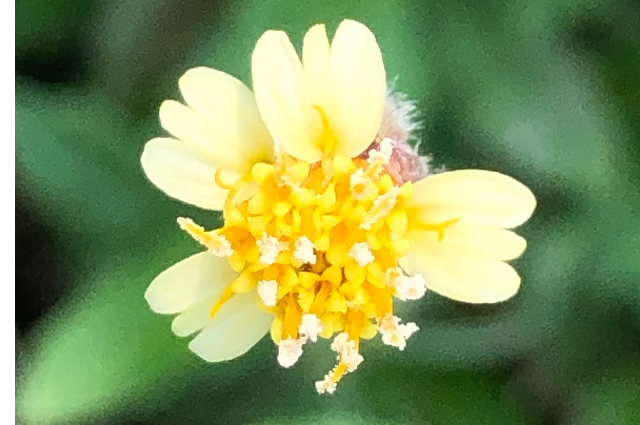
Extensive education, as well as research and development on conservation and multiplication in addition to encouragement o learning the medicinal use and applications of herbs, shrubs, and trees, are an important approach for successful long-term conservation of medicinal plants.
Last but not the least, it is important for the state and central governments to prepare exclusive biogeographical maps of the natural distribution of medicinal plants in every corner of the nation through dedicated ground surveys. If we all perform our duties and responsibilities sincerely; we could make a significant change towards protecting and conserving our medicinal plants.
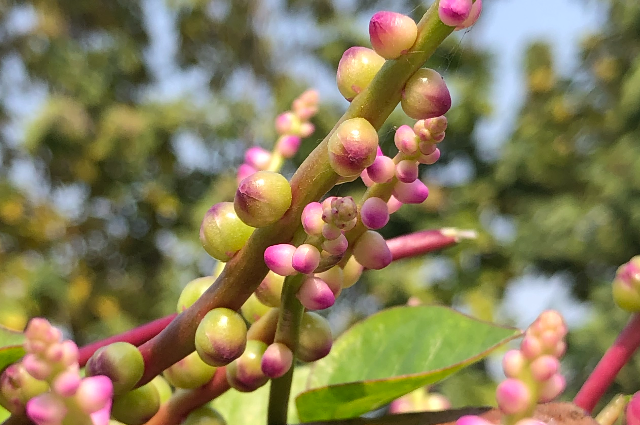
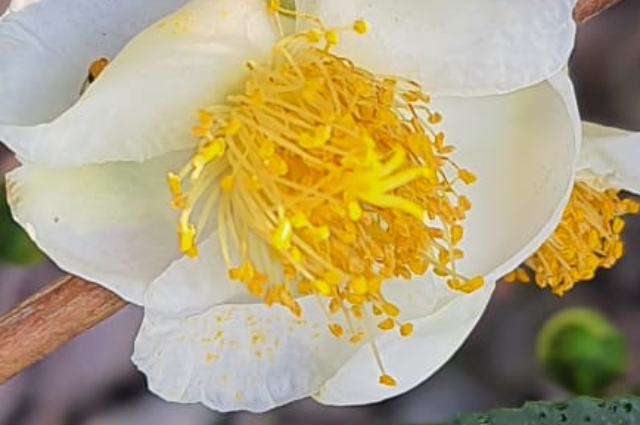
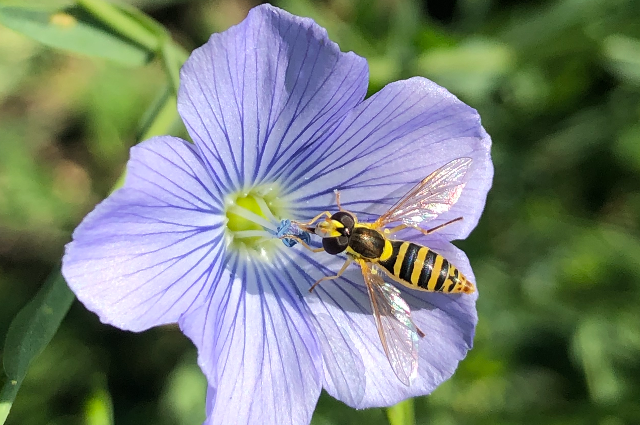
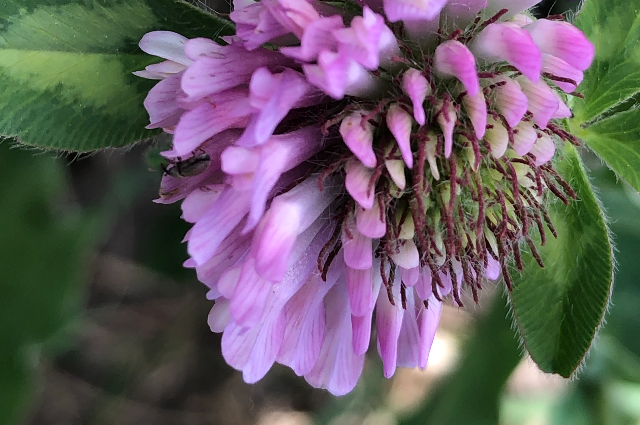
Both government and non-government as well as personal initiatives are necessary for spreading the campaign for medicinal plant conservation across the nation.
An outstanding effort towards conservation of medicinal plants in India
An outstanding effort has been made by Prof Mridu Gupta, Principal of the Institute of Post Graduate Ayurvedic Education and Research in 2015 at the newly developed Eco Park at New Town, Kolkata. The project has been funded by the Health and Family Welfare Department, Government of West Bengal. This state-of-the-art herbal or medicinal plant garden houses over 300 plus species of Indian herbs, shrubs, and trees essential for Ayurvedic formulations. These plants are also highly sought after by both our local, regional, and international pharmaceutical, nutraceutical as well as functional food industries. This monumental work has stemmed through outstanding dedication, effort, and hard work by Prof Mridu Gupta who almost single-handedly established this cherished garden. The facility is equipped with a modern classroom with all necessary amnesties as well as a small botanical library to aid students and researchers to explore medicinal plants in natural surroundings.
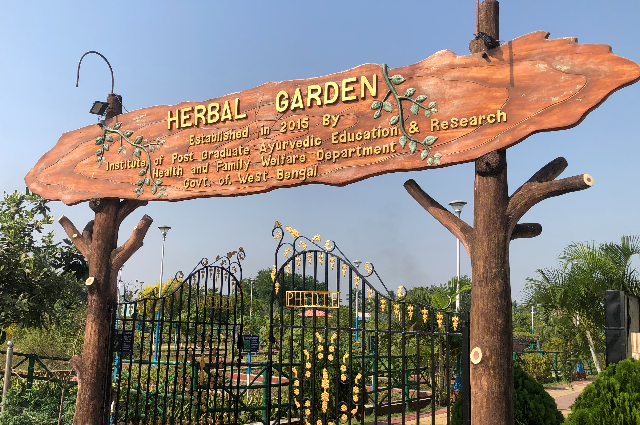
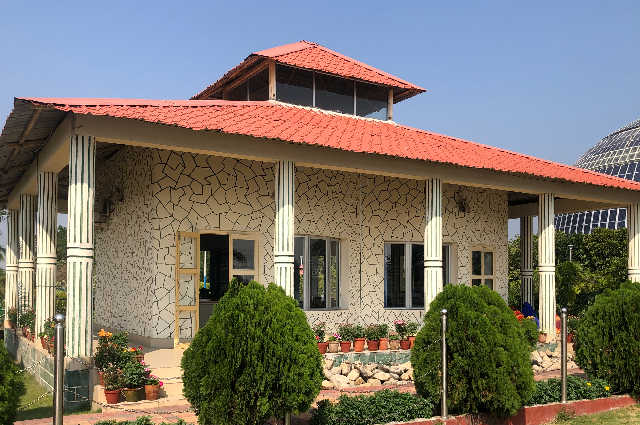
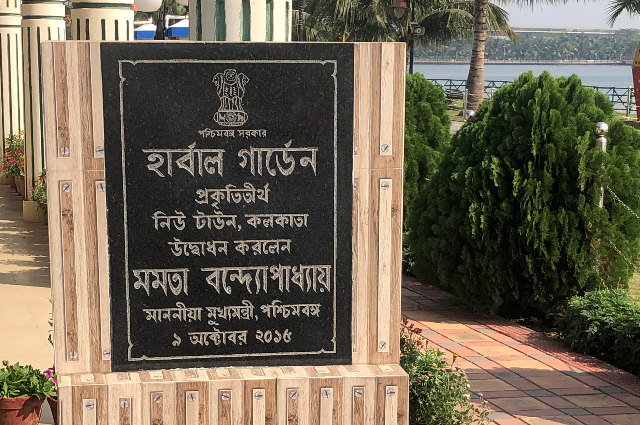
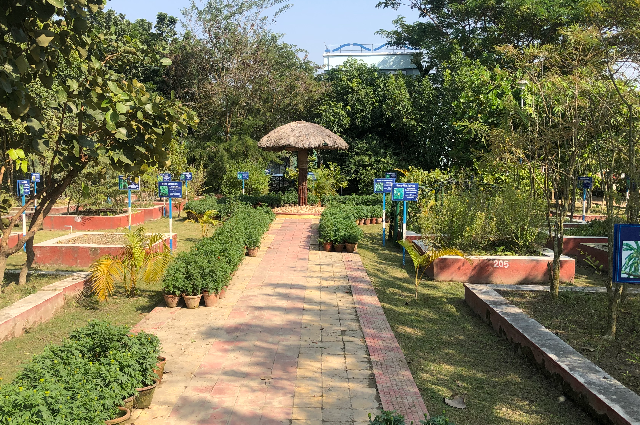
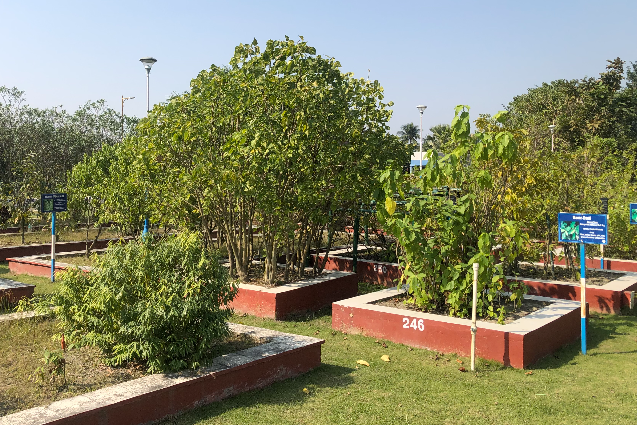
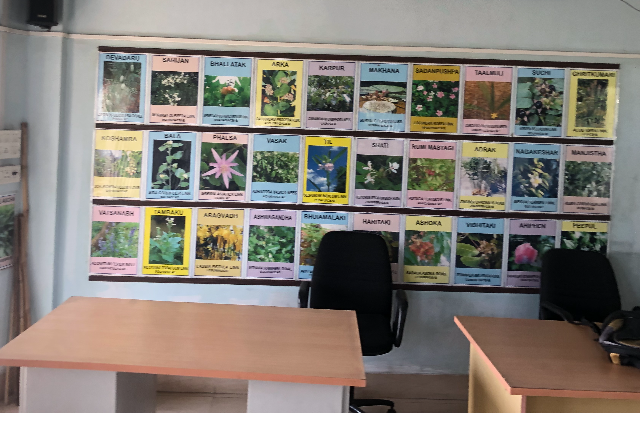
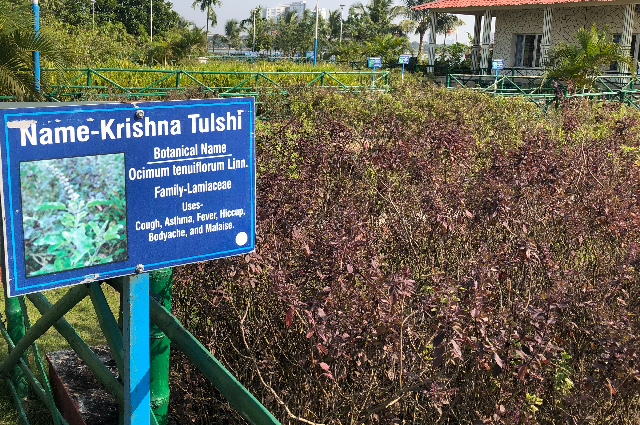
The herbal (medicinal) plant garden at Eco Park, New Town (Kolkata, West Bengal); an outstanding effort to conserve medicinal plants initiated and established by Prof Mridu Gupta.
Even with several limitations this herbal garden has prospered and slowly evolved into an excellent study Center not only for students, researchers, scholars, and practitioners of Ayurveda, Yunani, Siddha, Homeopathic and Allopathic system of medicine; but also a platform for other disciplines like Botany, Forestry, Pharmacology, Environmental Science and Agriculture. Big and small cosmetic medical gardens are found dotted across India, but this unique garden per excellence has reached international fame and reputation for the successful conservation of various endangered medicinal plants and established itself as a platform for cross-disciplinary studies. Hats off to the outstanding vision and hard efforts of Prof Gupta this garden is now a proud tourist and educational center for the city of Kolkata. This garden can easily serve as a model for establishing similar scientifically organized and professional herbal gardens across the country in different states and union territories.
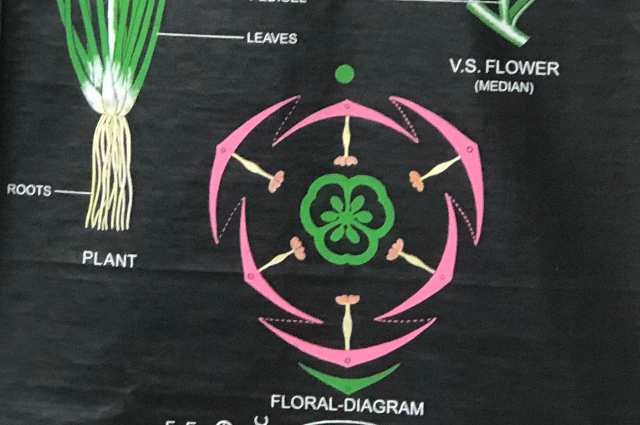
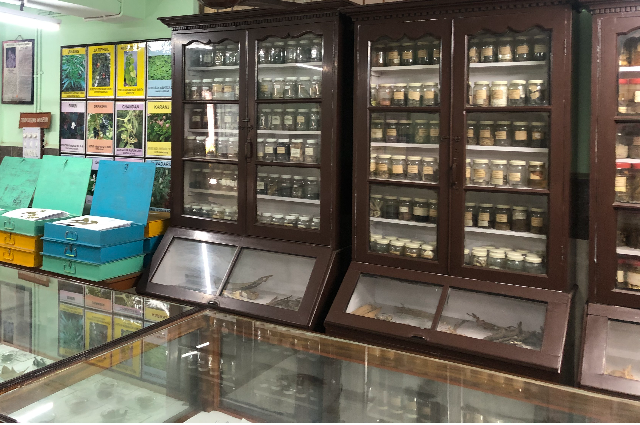
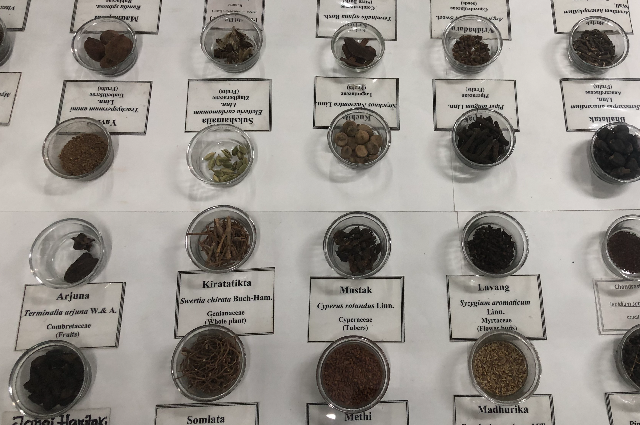
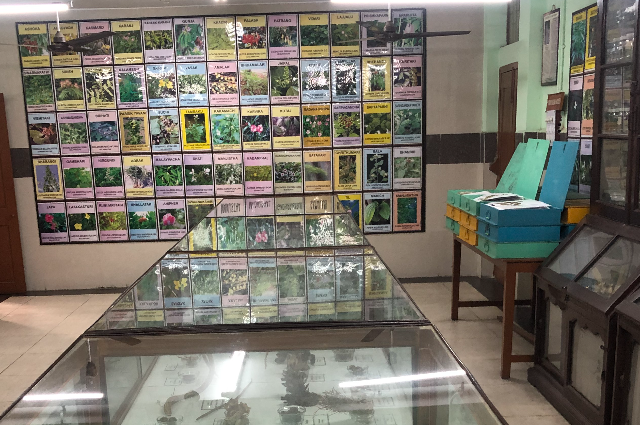
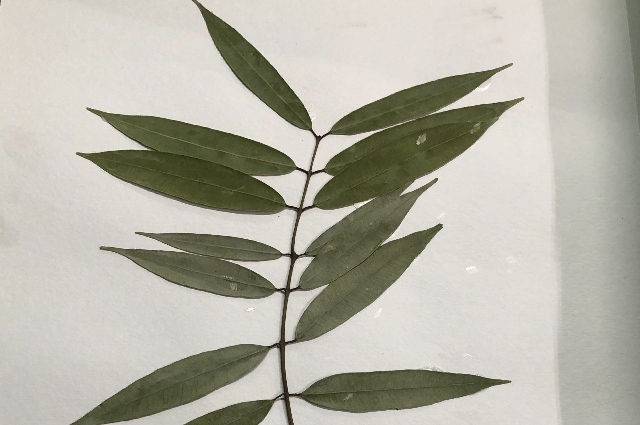
The Ayurvedic plant museum at the Institute of Post Graduate Ayurvedic Education and Research (Rajabazar, Kolkata, West Bengal) has an excellent collection of preserved medicinal plant specimens for students and researchers. Another great initiative of Prof Mridu Gupta, Principal (Institute of Post Graduate Ayurvedic Education and Research).
